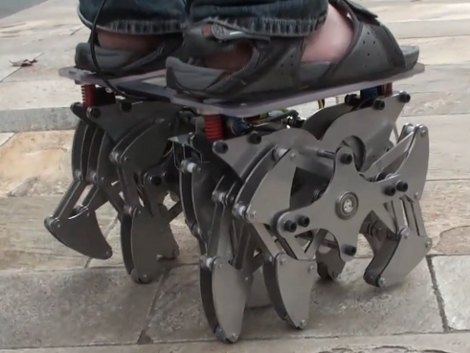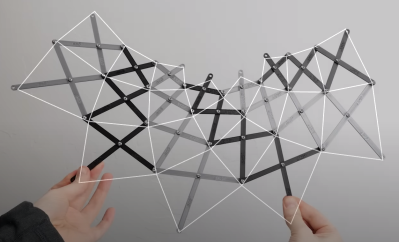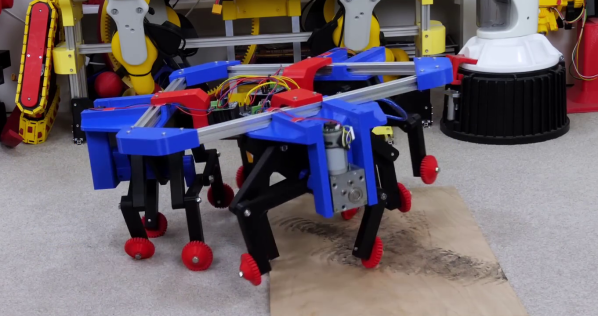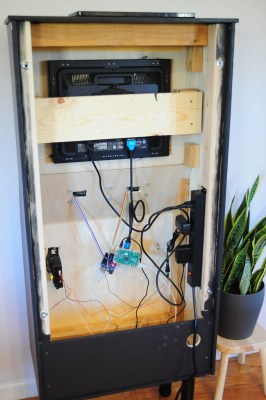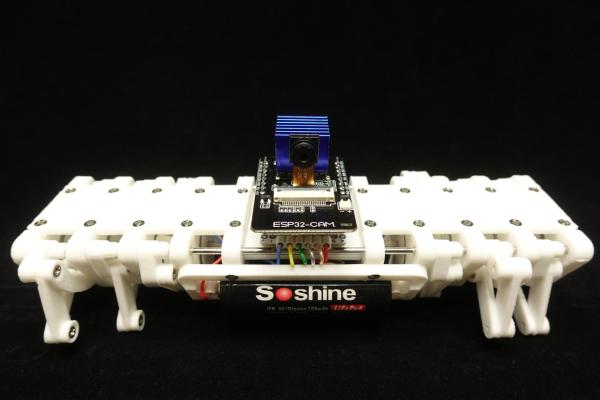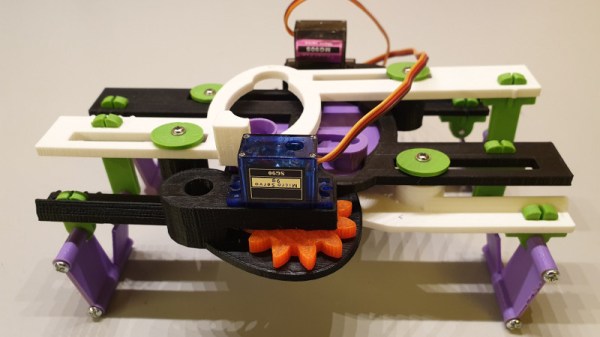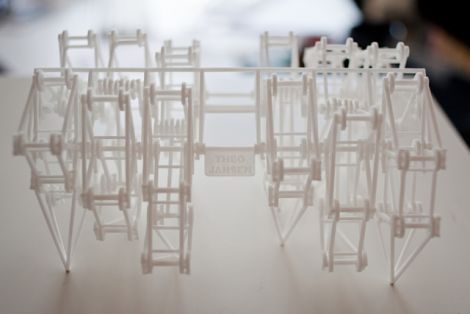
If you love Strandbeests but don’t have the patience to build your own, Dutch artist [Theo Jansen] has you covered. You might remember him from a story we ran last year, detailing his awesome beach-going strandbeest creations.
His beach walkers are typically built out of PVC conduit and plastic tubing, towering over their creator. For the time being however, he is focusing his work on a much smaller scale. [Theo] has recently teamed up with a 3D printing shop in order to offer miniature working replicas of his creations to the public. The current models can be had for $105, which seems like a pretty steep price to us. Then again, these models come fully assembled and are composed of 76 individual pieces, which is nothing to sneeze at.
That said, considering how easily a Strandbeest can be created with a stack of thick paper and some free time, we imagine that an enterprising individual could build one using readily available plastics at a fraction of the cost. Anyone out there up for giving it a shot?
Continue reading to see a video of the Strandbeest creation process.
[via Gizmodo]

